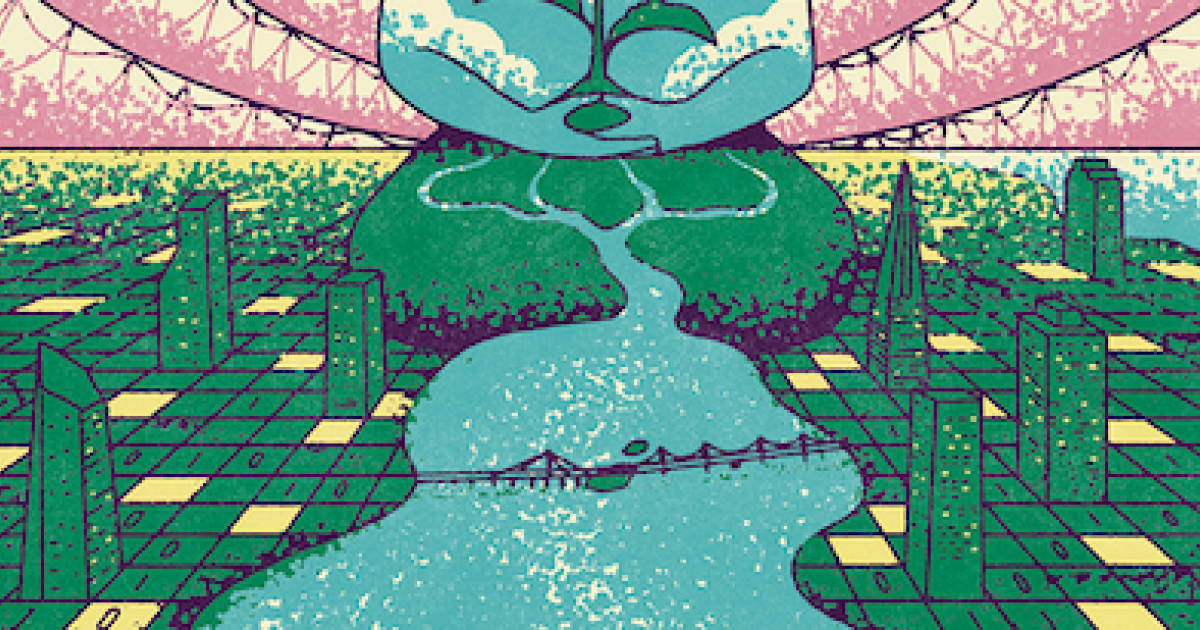A popular household fern may be the first known eusocial plant
A wild colony of staghorn ferns appears to demonstrate a division of labor, implying complex social organization.┬Ā ┬Ā ┬Ā ┬Ā ┬Ā ┬Ā ┬Ā ┬Ā ┬Ā ┬Ā ┬Ā ┬Ā ┬ĀImage Credit: Ian Hutton.
Staghorn ferns are popular houseplants, sporting long, antler-like fronds that poke out from a brown, tissue-papery base. They may also be the first known example of a plant that exhibits a type of social organizationŌĆöthat is, the first plant thought to be eusocial.
In the dry forests of Lord Howe Island in in the Tasman Sea, wild staghorns grow in colonies clinging to the trunks of trees. A recent study in Ecology finds that nests of these ferns arguably share characteristics with those of ants or termites; theyŌĆÖre composed of closely-related individuals that form morphologically distinct castes with different roles. All previous examples of eusociality are in animals. ŌĆ£Plants were completely off the radar,ŌĆØ says co-author K.C. Burns, an evolutionary biologist at Victoria University of Wellington, New Zealand. Finding a putative example of a eusocial fern shatters the notion that animals are somehow more socially complex, he says, and suggests that ŌĆ£the pathway to eusociality is open to both plants and animals.ŌĆØ
Burns noticed the fern colonies while hiking through the stunted tropical dry forests of Lord Howe Island, where trees are short and arboreal epiphytes grow at eye level. Each fern had two kinds of fronds. Strap fronds stand out, growing long and green from the center of each individual plant. Nest fronds, by contrast, are round and flat, spreading like green pancakes from the middle of each plant; the fronds senesce to form the tissue-papery base.





















